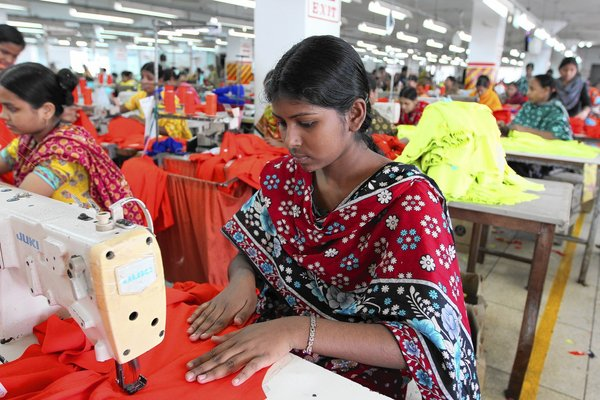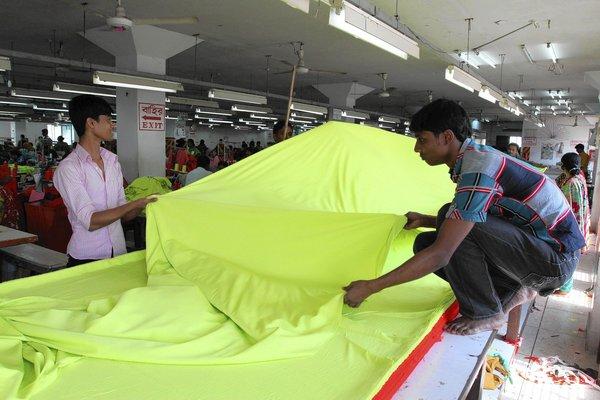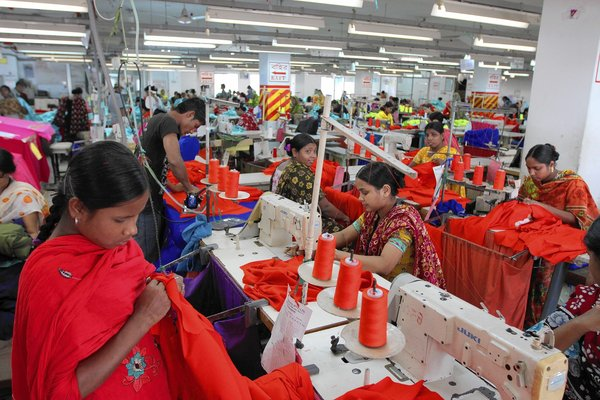This lesson is written as a series of notes for facilitators.
This lesson is designed for an early high school classroom on a 100 minute block schedule with access to computers. As alternatives teachers may assign the article and questions for homework or provide printed copies of the article for the students to read in class or as homework.
Objective:
Students will analyze the choices for girls in Bangladesh and discuss whether working in the garment industry really does allow women to find more freedom.
Warm-up Activity:
Have students brainstorm future options for girls in America. What can or can’t they do? Discussions may range from limits on combat duty, cases of unequal pay, growing numbers of women in post graduate programs, staying home to raise children, women earning college degrees at a greater rate than men, etc.
Introducing the Lesson:
Students will read the article "Bangladesh Women Find Liberty in Hard Labor" and analyze whether they believe the garment industry is providing more liberty for women in Bangladesh.
Activity:
While reading the article, please answer the attached questions.
Conclusion:
Put students in small groups to discuss the answers to their questions. After circulating to hear if the discussions are coming to an end, the teacher will pose the question: So what could be done in Bangladesh, if anything, to increase women’s options? The teacher can lead a whole-class discussion based on the student responses.





